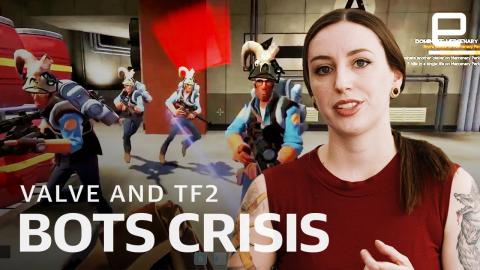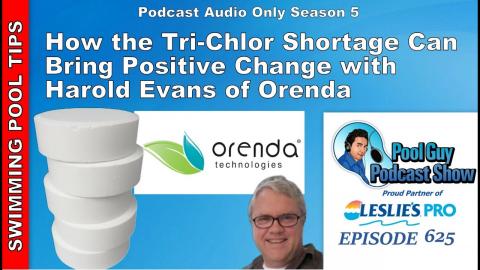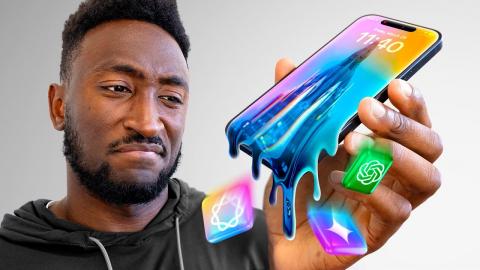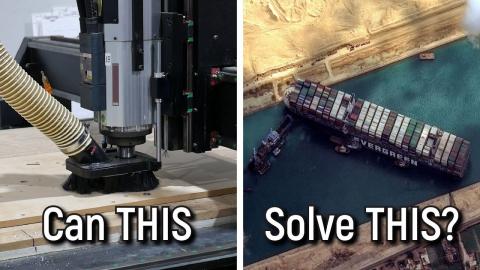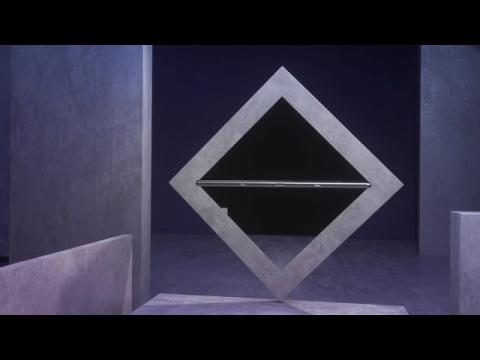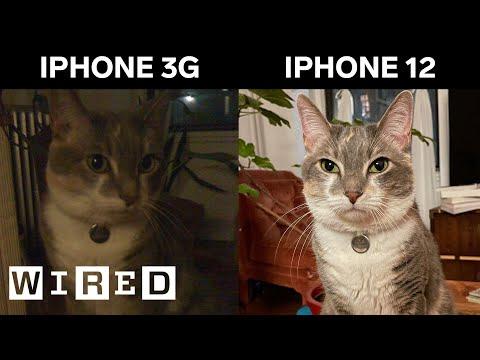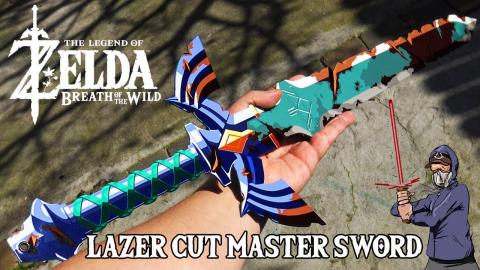The Looming 3" Tri-Chlor Tablet Crisis
Description
Because of a few things coming together at the same time, there is an emerging Tri-Chlor Tablet shortage looming on the horizon. If indications for how this season is ending is an indicator of things to come, there will be less 3” Tri-Chlor tablets available on the market going forward into next season.
Already there are steady price increases of 20-40% and rationing of tablets by suppliers. In Houston, one supplier is allowing only 2 #50 buckets of tablets per company. In other areas, the price has spiked up from $80 to $130 for a #50 bucket or more. What are the root causes of the shortage and how will next season look are some of the questions I am often asked.
Because of 45% tariffs on products from China, importing 3” Tri-Chlor tablets was not an option for US suppliers in 2019. So the tablets were homegrown so to speak and recently the largest US producer of Tri-Chlor went up in smoke literally when Hurricane Laura hit Louisiana.
The Bio-Lab plant produced about 40% of the nation's Tri-Chlor and from some reports, it will be down until 2022 or longer. I read reports that it made over 2 million pounds of Tri-Chlor each year. That is a lot of product that has been wiped off the market. With fewer tablets available and with Tri-Chlor being the main way pool service companies maintain a Free Chlorine level in their service accounts, how we manage pools going forward will be forced to change.
One of the downsides of using 3” Tri-Chlor tablets is that it will add Cyanuric Acid to your pool, sometimes to levels that are above the recommended 30-50 ppm. For example, if you have a 20,000-gallon pool and use a full 50 lbs. bucket of tablets in one season because about 50% of that bucket was Cyanuric Acid you have effectively added 150 ppm of CYA to your pool. The effect of this is that the chlorine will need to work harder to be effective and you will also need to keep your chlorine level high at all times for it to be effective – around 10 ppm. This is because the Cyanuric Acid molecule will bind and unbind with the chlorine molecule to protect it from the Sun’s UV rays and if your CYA level is over 100 ppm this process will make the chlorine less effective as it is “tied up” in the bonding and unbinding process. This is known is some circles as “Chlorine Lock.”
One way to reduce your reliance of 3” Tri-Chlor Tablets would be to drain those pools with CYA levels of 100 ppm or greater and keep them in the 30-50 ppm range. Then you can switch over to using un-stabilized chlorine (a chlorine product without Cyanuric Acid in it) like liquid chlorine or cal-hypo. If that is not possible another option would be to continue using 3” Tablets but add an enhancer to each pool to extend the life of the chlorine in the water. There are several different types on the market and I cover these in other articles and podcasts. For your reference here they are adding Borates to being the level in the water to 30-50 ppm. Adding a PoolRx to the skimmer or pump basket. Using a combination of Phosphate Remover and Enzymes each week in the form of a maintenance dose. Anyone of these will be effective and, in my testing, can cut your 3” Tablet use by 50%.
Back to the early ’90s and I will explain how we were able to get through each week by using liquid chlorine. With the CYA level at 30-50 ppm, the chlorine would stay in the water for quite some time and be very effective against algae. But if the pool was larger and in the peak of Summer, 1-2 gallons of liquid chlorine would burn off before the week was over. In that case, we would leave a case of chlorine (4 gallons) at the customer's house and they would add it mid-week or a few days after you serviced the pool. This worked pretty effectively, and it wasn’t too much to ask the customer to do this each week.
In fact, tens of thousands of homeowners who follow the Trouble Free Pool Method (BBB Method of Pool Care) do this effectively with their pools every season. The key is keeping the CYA level at 30-50 ppm so that chlorine will be effective in the water and adding more liquid chlorine when needed during the week.
Visit my Website: http://www.swimmingpoollearning.com/
eBook: https://www.swimmingpoollearning.com/swimming-pool-care-ebook
YouTube Video Index: http://poolmandave.blogspot.com/2014/03/swimming-pool-tips-reviews-how-to-video.html – A list of all of my videos.
Podcast: http://www.buzzsprout.com/110832
Podcast Website: https://www.thepoolguypodcastshow.com/
Coaching Site: https://poolguycoaching.com/
Shop at Leslie's: Leslie’s Pool Supplies has been do-it-yourselfers and pool trade professionals trusted partner since 1963, providing quality products and services to make pool care easy and solutions and expertise to do it right. http://lesliespool.com/?
utm_medium=referral&utm_source=spll&utm_campaign=spll



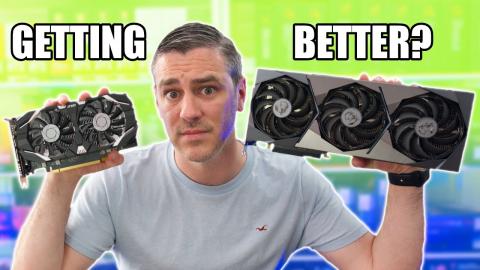
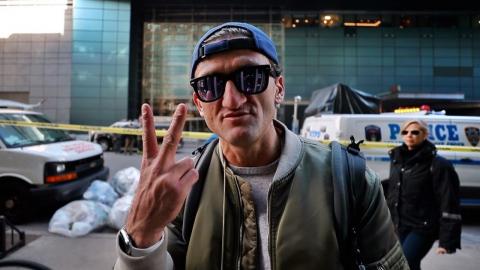
![Is The GPU Crisis FINALLY Over? Should You Buy Now? [September 2022 GPU Update]](https://www.vortak.net/uploads/thumbs/d0b488088-1.jpg)
